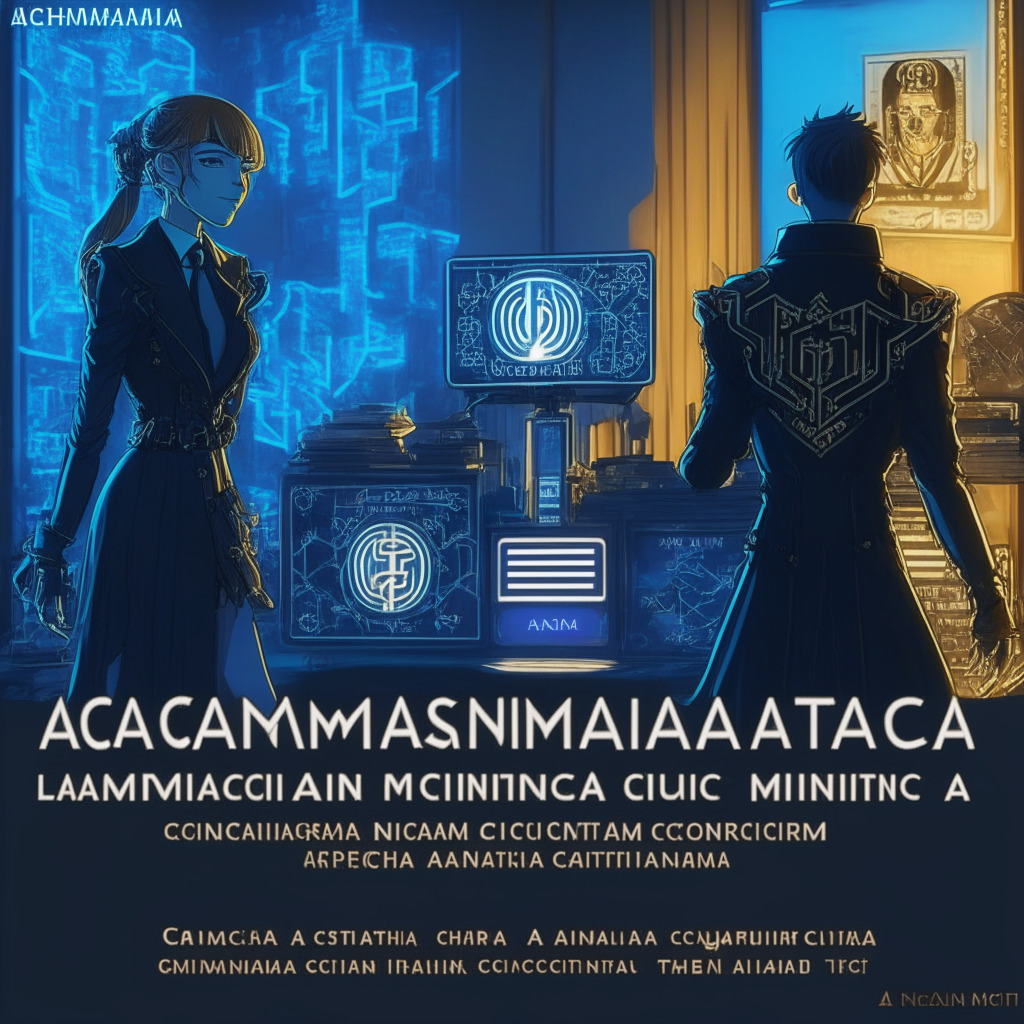In an important step towards streamlining Bitcoin transactions, renowned cryptocurrency exchange Binance confirmed the successful incorporation of the Bitcoin Lightning Network (BTC), enabling layer-2 scaling solutions for Bitcoin withdrawals and deposits. The integration, initially hinted in May, addresses the mass of pending transactions marred by Ordinal inscriptions, which resulted in a temporary pause in Bitcoin withdrawals.
The Lightning Network aims to enhance Bitcoin transactions by allowing users to create off-chain transaction channels, thereby making them faster and cheaper. Binance users can now access their BTC deposit address via the Lightning Network, with Binance’s own Lightning nodes spotted soon after authorities confirmed the onboard of the Lightning Network on June 20.
The integration brings forth an interesting dichotomy. Its implementation simplifies and enhances transaction processes on the one hand, yet adds an additional layer of complexity to the constantly evolving crypto landscape for users to navigate on the other.
In related news, the decentralized finance protocol Aave has launched its own dollar-pegged stablecoin, GHO, on the Ethereum mainnet. Up to $2.19 million worth of GHO has been minted so far. Backed by an array of digital assets, including Ethereum’s native currency Ether (ETH) and Aave’s native token (AAVE), the stablecoin introduces a decentralized, over-collateralized asset into the crypto market.
The GHO stablecoin stands apart from centralized stablecoins like Tether’s USDT, which have often been criticized for a lack of transparency surrounding their reserves. With GHO, the backing assets are transparent, verifiable and can be confirmed by on-chain data. Aave also claimed that all transactions are run through self-executing smart contracts, and data regarding GHO transactions is completely accessible and auditable.
While the introduction of GHO contributes to financial diversification and transparency in the crypto space, its reception by the market and its performance against USDT and Circle’s USD Coin will be worth monitoring.
Both the integration of the Lightning Network by Binance and Aave’s advent of GHO into the crypto ecosystem represent progressive strides in the industry. However, these advancements also inject more variables into the already dynamic and complex crypto landscape, potentially making it more challenging for newcomers to find their footing. With every development, it remains incumbent upon crypto enthusiasts and professionals to ensure that education and intuitive interfaces keep pace with technological advancement.
Source: Cointelegraph




